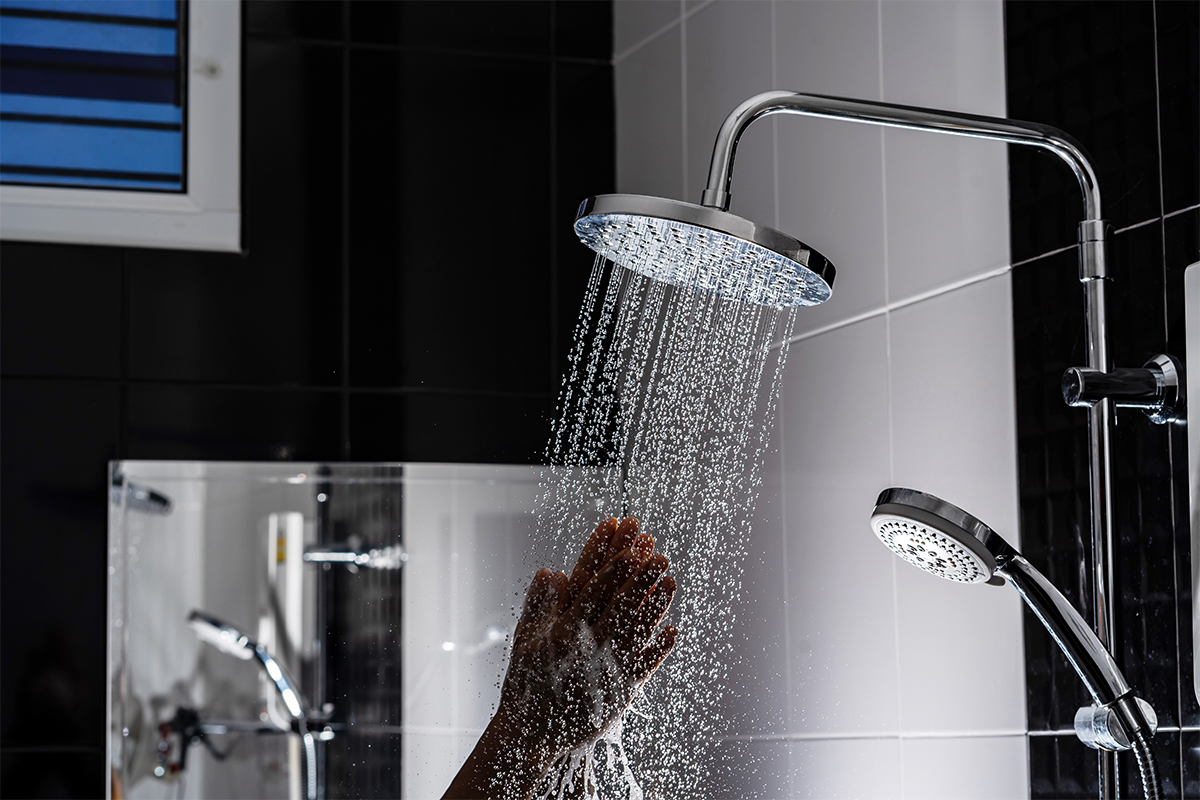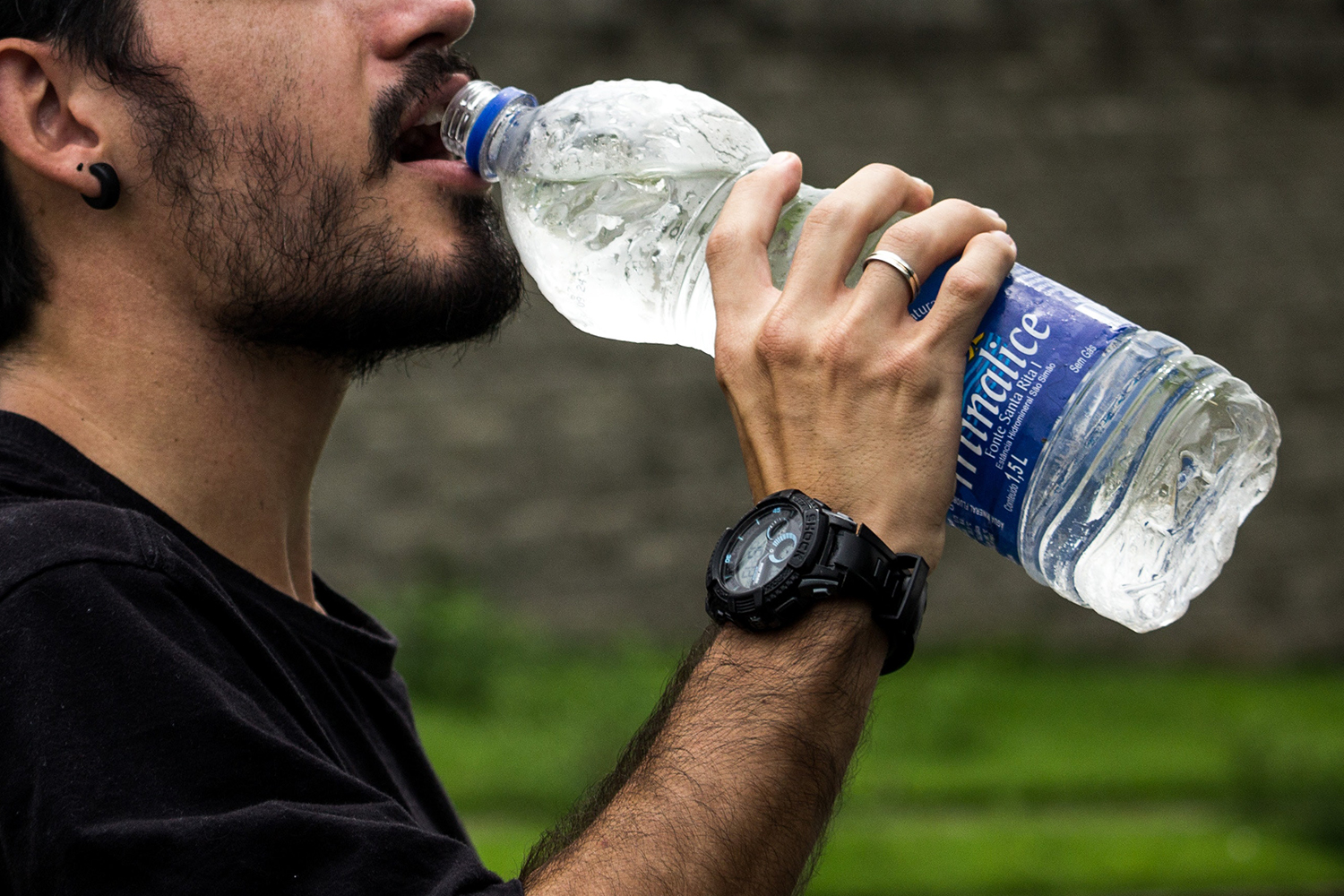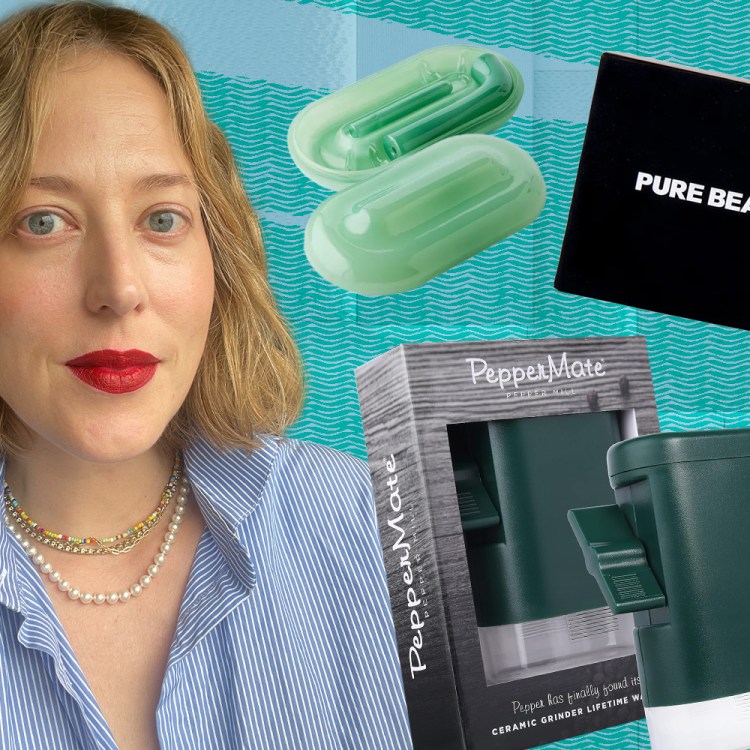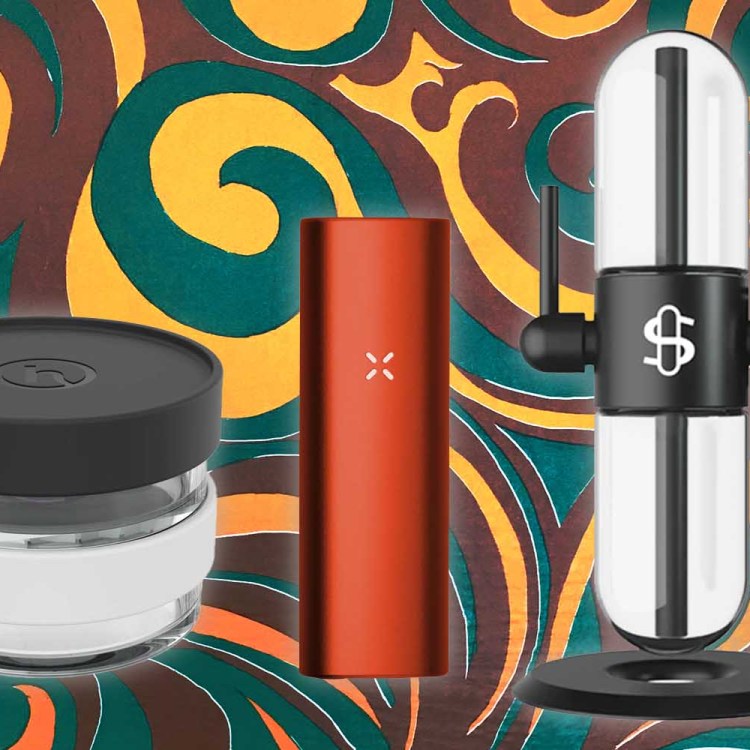I love a shower. I’ve been the target of “Save some for the fish!” remarks for over 20 years. After the showerhead rumbles on and I give it a minute or two to warm up, I’ll stand under the water for an indiscriminate amount of time — under oath, I’d say it’s 10 minutes, but in reality I have no idea — and let my mind wander halfway to Mars.
People like to say that they do their best thinking in the shower; I do my least. It’s a time in the day (and on many days, the only time) when my brain has license to let go and mimic the loosening that occurs in my shoulders. It’s little wonder that I always reach for soap and shampoo as an afterthought, cleaning myself in the final seconds as if confused by how I’d gotten there. In my shower, there is no due date, no rent, no president. Like the most hardboiled of detectives, shower time is when I regroup and recharge.
There are some specifics have led me to my reputation as a long shower guy. Namely: A) I tend to shower at the very end of the day, when others have gone to bed, and B) I’m a bit of a space cadet, happy to binge on silence when it arrives. But the numbers suggest that I’m not alone in my extended-shower habit. According to Home Water Works, a project of the Alliance for Water Efficiency, the average American shower is nearly eight minutes long, and uses 15.8 gallons of water. The average American family, then, devotes around 40 gallons of water a day to the shower. As a country, we use around 1.2 trillion gallons a year.
Don’t worry, this isn’t just another hit piece on America’s acrimonious relationship with the environment. Most countries with reliable running water posts similar figures, and quite a few of them — mainly nations with higher average temperatures, like Australia, Mexico and Spain — take more weekly showers than the United States. In fact: in Brazil, a nation with both high humidity and high hygiene standards, people average nearly 12 showers a week. It’s clear that a preference for consistent, not-so-quick showers (a Unilever study in the United Kingdom found that the Brits average around eight minutes, too) is now a staple of the developed world.
So, in a year when almost 750,000 have lost their lives to a deadly virus and communities have resolved to address time-old inequities and prejudices, why should you be worrying about your shower time? If anything, isn’t this the optimal time to embrace a little meditative “me time”? That’s a fair point, and one that I historically haven’t bothered to question. But it’s increasingly clear that the daily shower, as beloved as it is, and as innocuous as it may seem, is at the intersection of issues personal, national and global. The stressors that have turned 2020 into this T-shirt aren’t going away. They’re going to evolve throughout the next decade. And using long showers to “get through them” is counterproductive.
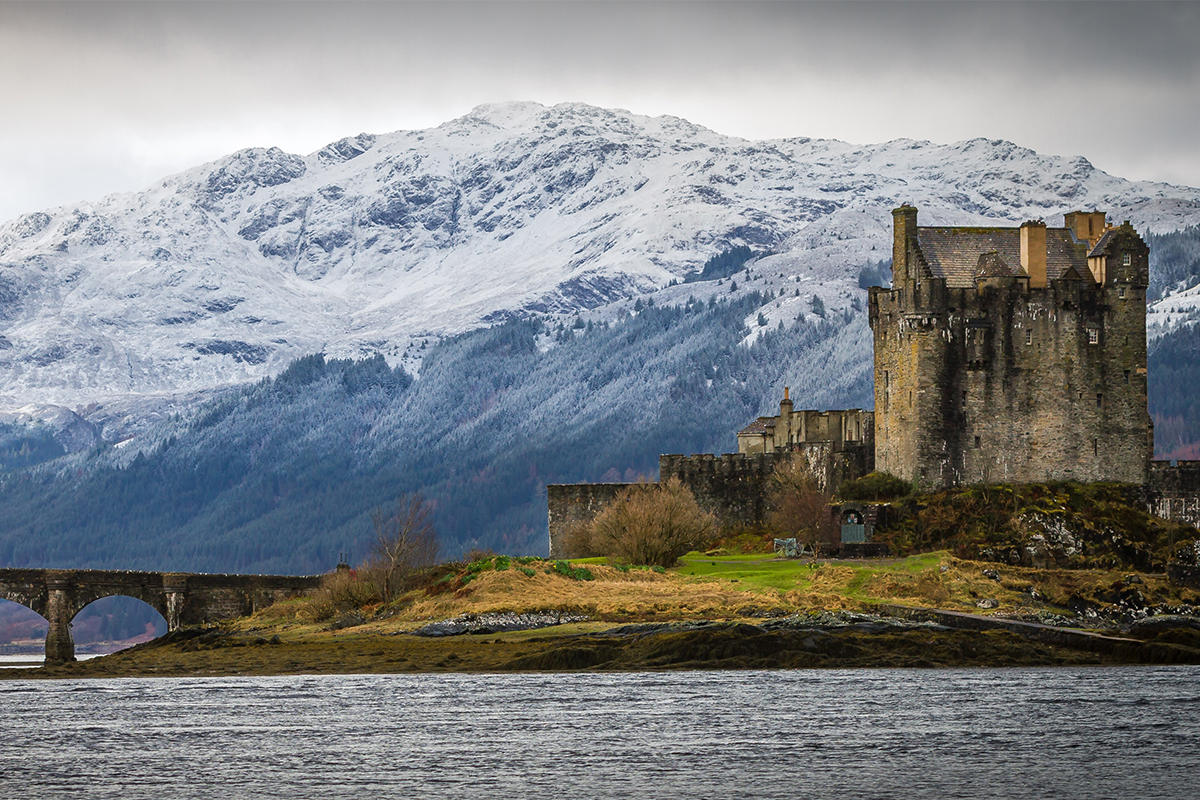
I first started reconsidering the length of my showers during a recent trip to Scotland. The nation’s government supports a statutory corporation called Scottish Water, which disseminates water-saving devices to any address that signs up. At the home I was staying in, the shower had a regulated head designed to save a household a half-ton of CO2 emissions (and $90, to boot) per year. Equally fascinating to me at the time: there was also a shower timer, in the form of a blue “hourglass” that clasped to the tile wall. Eager for a challenge, I flipped the timer over the second I started turned the shower nozzle. Instead of waiting ages for every mirror in the bathroom to fog up, I hopped in and immediately got to scrubbing. I finished a few minutes later — clean, at ease, and with time left on the clock. According to Scottish Water’s site, the timer allots for a four-minute shower.
In a place like Scotland, the 25-year plan to protect its waterways is expressive and readily available online. This might speak to the frequency with which its citizens interacts with their most precious resource; the entire country is coastline, and in between all those those seaports and beaches are over 30,000 lochs. Drive out into the country, and each bend looks like the glossy logo you’d find on a bottle of spring water. It would be hard to live there and feel apathetic about the issue.
Still, every country, state or city — even those that you might not readily associate with water — has reason to monitor or rethink its water supply, and many are doing so in fascinating ways. For instance: Saudi Arabia is leading desalination efforts (and now quenches its golf courses with treatment wastewater), South Korea built a city called Songdo that employs tomorrow’s water-recycling techniques and South Africa cut its water usage in half to avoid a potentiality called “Day Zero,” at which point every citizen in Cape Town would be required to collect daily water rations. Even Brazil has had to cut back on its showers: as early as 2015, when a severe drought hit Rio (the city averaged 99°F during its Southern Hemisphere summer), officials begged Brazilians to wash themselves less often.
Each of those places — and any other place you can think of — has a role to play in the fight for water conservation. Saudi Arabia is a test case for whether sustainability can mesh with multi-billion-dollar infrastructure projects. South Korea has concerns about rising coastlines. South Africa is worried about dam levels and drought. And last summer, four years since the record-high temperatures of 2015, Brazil fought Amazon wildfires so large they could be seen from space. Many of these issues haven’t taken center stage yet, and when they do, they don’t stay in the news cycle for long (remember when three million Australian animals were killed or displaced by bushfires … this year?). But they will all find their way, eventually, to our phones and TVs. And they will dominate our understanding of this new decade and those that come after it.

In the U.S., we have our own dubious construction projects, our own shaky sea levels, and our own months without rain. Western states from California to Alaska are all too familiar with the sickening destruction caused by wildfires. In such places, turning faucets and spouts off isn’t a movement; it’s a way of life, and the law.
For those of us who live outside the specter of an immediate threat, though, all those small household “eco-solutions” just can’t communicate the same sense of urgency. It’s difficult to decide that lifestyle changes are necessary when the consequences aren’t yet apparent. But here’s the thing: they are. Just because you can’t see the effects of a dwindling water supply doesn’t mean they aren’t affecting you.
So try this: don’t think of a shorter, smarter shower as a “small” solution. Give it the credit it deserves. Shaving minutes off your shower is a big deal. Shower time makes up about a fifth of total water usage throughout a house, which is significant, considering it’s competing with sinks, toilets, dishwashers, washers, hoses and sprinklers. Getting that shower down by just one minute will immediately save 550 gallons of water, 170 tons of CO2 emissions and $60 a year. The more aggressive you get (and the more committed your family is), the better those numbers get. You could simply take even shorter showers — four-minute showers would shave nearly 700 tons of CO2 emissions from the national average, and $250 a year — or you could put in new hardware entirely.
Scottish Water doesn’t have an obvious equivalent over here. The United States depends on a patchwork of nonprofits, think tanks, startups and state-funded initiatives in the absence of a centralized, well-funded federal water-conservation program. Still, the EPA’s Partnership Program, WaterSense, has done well to establish guidelines for how much water a showerhead should be spitting out in a minute. Any product that carries a WaterSense label uses no more than two gallons per minute. More than 2.5 gpm is illegal. For much of the 20th century, showerheads cranked at a wasteful 5 gpm, which appears to be the preference of President Trump. Just this week, he complained that in order to keep his hair “perfect,” he needs a more powerful showerhead. The Department of Energy is now placating his puzzling crusade, with a proposal to revise the definition of the American showerhead.
Under the new rules, every single nozzle would be allowed to spray at 2.5 gpm. So if you’ve always wanted to turn your home into an aquarium, here’s your shot. All this despite the fact that when an American family uses a standard, 2.5 gpm-or-less showerhead, it can expect to save nearly 3,000 gallons of water a year … and $500. Kind of useful in the midst of the biggest economic collapse in 80 years.

When a low “flow rate” is tacked onto a shortened overall time, nature wins. That effort reduces the amount of water that needs to be treated and “delivered” to your household, which takes strain off the septic system (overtaxed sewer systems often bring runoff to our oceans) and ultimately reduces emissions. The last point is especially true if you’re popping out before the shower reaches its most piping-hot phase — it’s an unparalleled luxury, but one that requires significant energy.
If you’re really looking to change your ways (and drop some cash) you might consider investing in a shower system from a brand like Nebia, which uses 65% less water than normal showerheads, again to the tune of copious savings. According to their site, a year of showers with Nebia — even at eight minutes each — can save more than $200, 150,000 glasses of drinking water and about 35 days of heating your home. That’ll essentially keep you toasty from New Year’s Day through Super Bowl Sunday. Nebia manages all this with a high-tech grace that calls to mind those bladeless Dyson fans. No wonder CEO Philip Winter invoked vacuums during an interview with Fast Company last year: “What’s remarkable is that almost no one knows what brand, let alone model, of showerhead we use everyday,” Winter said. “People are more likely to know what kind of vacuum they have.”
Add it all up, and it’s pretty simple: there’s no excuse to be taking 20-minute showers in 2020. I’ll be the first to do my part. California deserves better. Koalas deserve better. Your bill cycle deserves better. Hell, your skin deserves better. All that water isn’t doing it any favors, in case you were wondering. Take it from author Katherine Ashenburg, who wrote the book on America’s obsession with cleanliness: “We’re pouring so many liters of water over ourselves to remove, essentially, just a few specks; it’s an extraordinary thing to do,” Ashenburg said. “It’s kind of like we’re killing a butterfly with a hammer.”
Is there room left for debate? At this rate, we have to imagine we’re in for a long decade. And it won’t be drowned away with long showers.
Subscribe here for our free daily newsletter.
Originally published August 11, 2020
Whether you’re looking to get into shape, or just get out of a funk, The Charge has got you covered. Sign up for our new wellness newsletter today.
